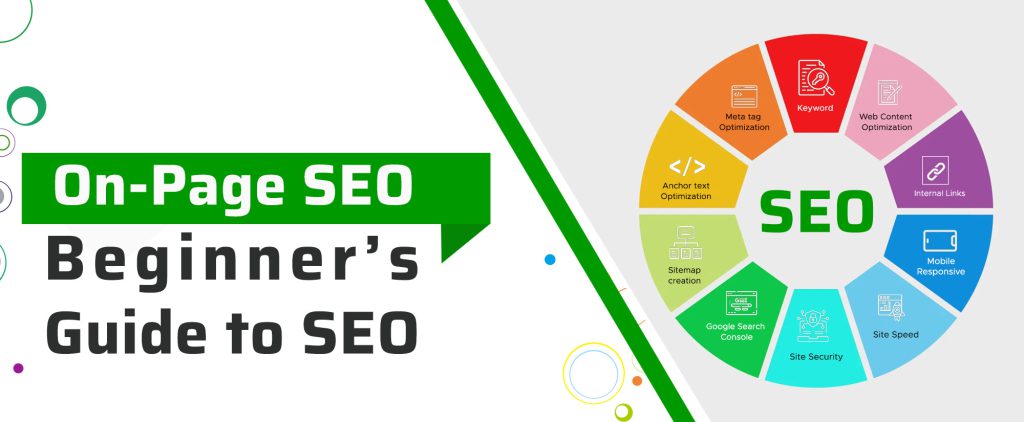
On-page SEO refers to the optimization of individual web pages to improve their search engine rankings and attract more relevant traffic. It involves refining both the content and HTML source code of a page. Key elements include using relevant keywords naturally within high-quality content, optimizing title tags and meta descriptions, using header tags (H1, H2, etc.) for structure, and ensuring proper URL structure. On-page SEO also focuses on improving user experience through fast loading speeds, mobile-friendliness, and internal linking. Additionally, it includes optimizing images with alt text and maintaining clean, crawlable code. By aligning a page’s content and structure with search engine algorithms and user intent, on-page SEO helps boost visibility and ranking potential.
You will learn this guide how to :
* Website SEO Audit
* Keyword Research
* Competitor Analysis
* Meta Title and Meta Description Setup
* Heading Tag Fix
* Internal Linking
* External Linking
* Image Alternative Text Setup
Website SEO Audit:
A Website SEO Audit is a comprehensive analysis of your website’s search engine optimization (SEO) performance. It evaluates all key elements that impact your site’s visibility in search engine results, including on-page SEO (like content quality, keywords, meta tags, and internal linking), off-page SEO (such as backlinks and domain authority), technical SEO (like site speed, mobile responsiveness, indexing, and crawlability), and user experience.
The goal of an SEO audit is to identify strengths, weaknesses, and opportunities for improvement to boost your website’s rankings, drive more organic traffic, and enhance overall performance in search engines like Google.